Golf is a game of precision, requiring not only skill but also a deep understanding of various techniques to enhance your performance. One of the critical aspects of golf that many players overlook is launch angle. Understanding the ideal launch angle for each club can significantly improve your game and help you achieve greater distance, accuracy, and consistency.
In this comprehensive guide, we will explore the ideal launch angles for different golf clubs, offer tips for optimizing those angles, and answer some of the most frequently asked questions about launch angles.
What is Launch Angle?
Launch angle refers to the angle at which the ball leaves the clubface after impact. It is a crucial element in determining how high and far the ball will travel. A proper launch angle can maximize distance while ensuring that your shots stay on target.
Factors Influencing Launch Angle
Before diving into the specific launch angles for each club, let’s consider some factors that influence launch angle:
- Club Type: Different clubs have different designs that affect how the ball launches.
- Loft: The loft angle of the clubface plays a significant role in determining launch angle.
- Swing Speed: Faster swings can produce higher launch angles if combined with the right technique.
- Ball Type: The type of golf ball used can also impact launch conditions.
 Golf ball launching from tee
Golf ball launching from tee
The Ideal Launch Angles by Club Type
Understanding your clubs is essential for improving your game. Below is a breakdown of the ideal launch angles for each type of club:
Driver
- Ideal Launch Angle: 12-15°
- Description: The driver is designed for distance. A higher launch angle combined with lower spin helps achieve a longer carry and roll on the fairway.
Fairway Woods
- Ideal Launch Angle: 12-18°
- Description: Fairway woods are often used for long approaches. A slightly higher launch angle allows the ball to carry over hazards and land softly on the green.
Hybrids
- Ideal Launch Angle: 15-20°
- Description: Hybrids blend features of both woods and irons. A medium launch angle is optimal for achieving a good balance of distance and accuracy.
Irons
The ideal launch angles for irons vary depending on the number of the club:
| Club Type | Ideal Launch Angle |
|---|---|
| 3-Iron | 18-22° |
| 4-Iron | 20-24° |
| 5-Iron | 22-26° |
| 6-Iron | 24-28° |
| 7-Iron | 26-30° |
| 8-Iron | 28-32° |
| 9-Iron | 30-34° |
| PW (Pitching Wedge) | 32-36° |
- Description: The launch angle for irons generally increases with club loft. Players should aim for a higher launch angle with shorter irons to ensure the ball stops quickly on the green.
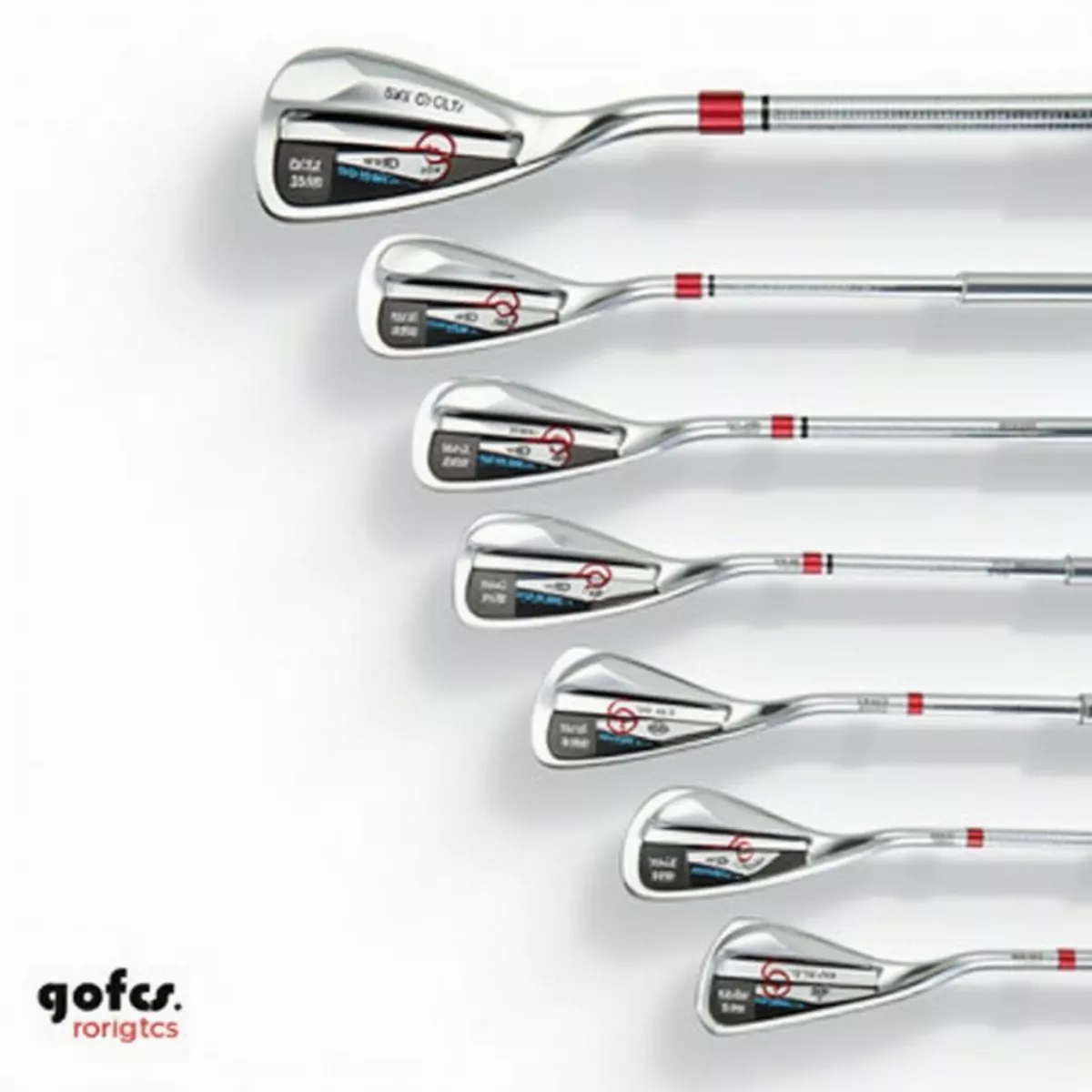 Set of golf irons
Set of golf irons
Wedges
- Ideal Launch Angle: 35-50°
- Description: Wedges are designed for precision shots around the green. Higher launch angles help to create better stopping power on the greens.
Putter
- Ideal Launch Angle: 0° (ground level)
- Description: Ideally, the ball should roll immediately upon impact with minimal lift. Putting is more about control and precision than launching the ball into the air.
Tips for Optimizing Launch Angle
Now that you know the ideal launch angles for each club, here are several tips for optimizing your launch angle:
- Adjust Your Stance: Use a more open or closed stance depending on the club and shot you are executing.
- Check Your Grip: A lighter grip pressure can help the clubface release properly at impact.
- Mind the Angle of Attack: An upward angle of attack with the driver will help achieve a higher launch angle, while a downward angle works better for iron shots.
- Utilize Technology: Use launch monitors to measure your launch angle and adjust your swing accordingly.
- Practice with Purpose: Focus on mastering your mechanics. Consistently practicing the ideal swing will develop muscle memory.
 Golfer using launch monitor
Golfer using launch monitor
Key Takeaways
- Launch Angle Matters: Understanding the ideal launch angle for each club can significantly improve your game.
- Optimize Your Mechanics: Adjust your stance, grip, and swing to achieve the best launch conditions.
- Utilize Technology: Using data from launch monitors can give you insights into how your angles affect your shots.
- Practice Consistently: Focused practice will help improve your technique and maintain optimal launch angles.
FAQ Section
Here are some frequently asked questions regarding launch angles:
1. Why is launch angle important in golf?
Launch angle affects how high and far the ball travels. A proper launch can maximize distance while improving accuracy.
2. How is launch angle measured?
Launch angle is typically measured using high-speed cameras or launch monitors that record the ball’s ascent immediately after leaving the clubface.
3. Can I adjust my launch angle?
Yes! You can adjust your launch angle through changes in your setup, swing mechanics, and even by using different clubs with varying lofts.
4. What happens if my launch angle is too high or too low?
If your launch angle is too high, you may experience more drag and less distance. Conversely, a too-low launch angle can lead to reduced carry and distance.
5. Do different golf balls affect launch angles?
Yes, different golf balls can affect launch conditions. Balls with softer covers may have higher launch angles, while firmer balls might yield lower launch angles.
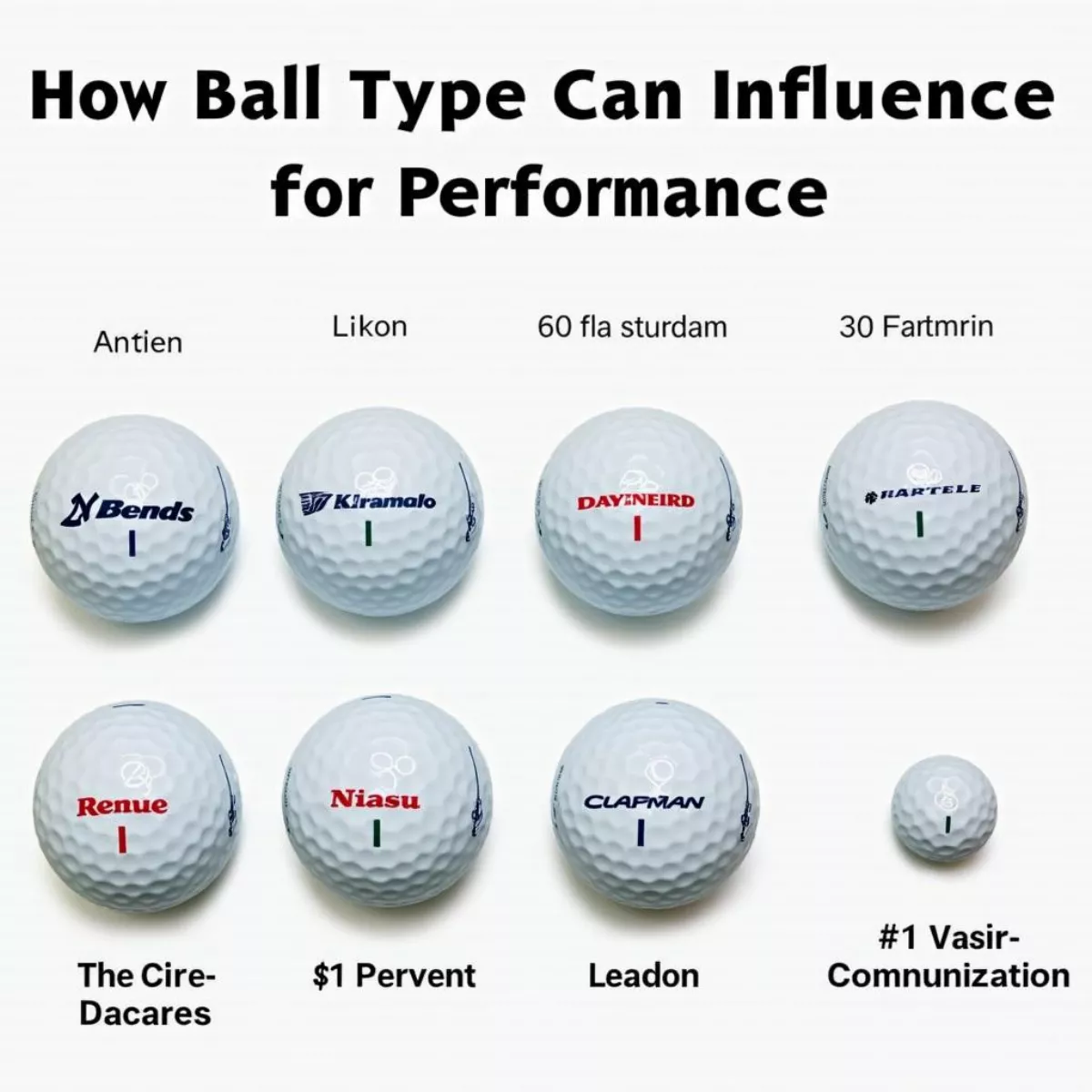 Various golf balls
Various golf balls
6. How can I find my ideal launch angle?
Using a launch monitor during practice can provide you with the data you need to find your ideal launch angles for each club.
7. Should beginners worry about launch angles?
While beginners should focus primarily on developing a solid swing, understanding the basics of launch angle can be beneficial as they progress.
8. Can weather conditions affect launch angle?
Yes, factors like wind, humidity, and temperature can influence launch angle and overall performance. Testing in various conditions can be enlightening.
9. What impact does swing speed have on launch angle?
Higher swing speeds can produce higher launch angles, especially with the driver. Conversely, slower swing speeds usually require a different approach to optimize launch.
10. Is there a universal launch angle that everyone should aim for?
No, the ideal launch angle will vary depending on individual swing characteristics, ability, and conditions. It is crucial to find what works best for you.
By understanding and refining your launch angles, you can elevate your golf game to new heights. Whether you are a beginner or a seasoned veteran, focusing on optimal launch angles will help you control your shots better and enjoy the game more. Happy golfing!

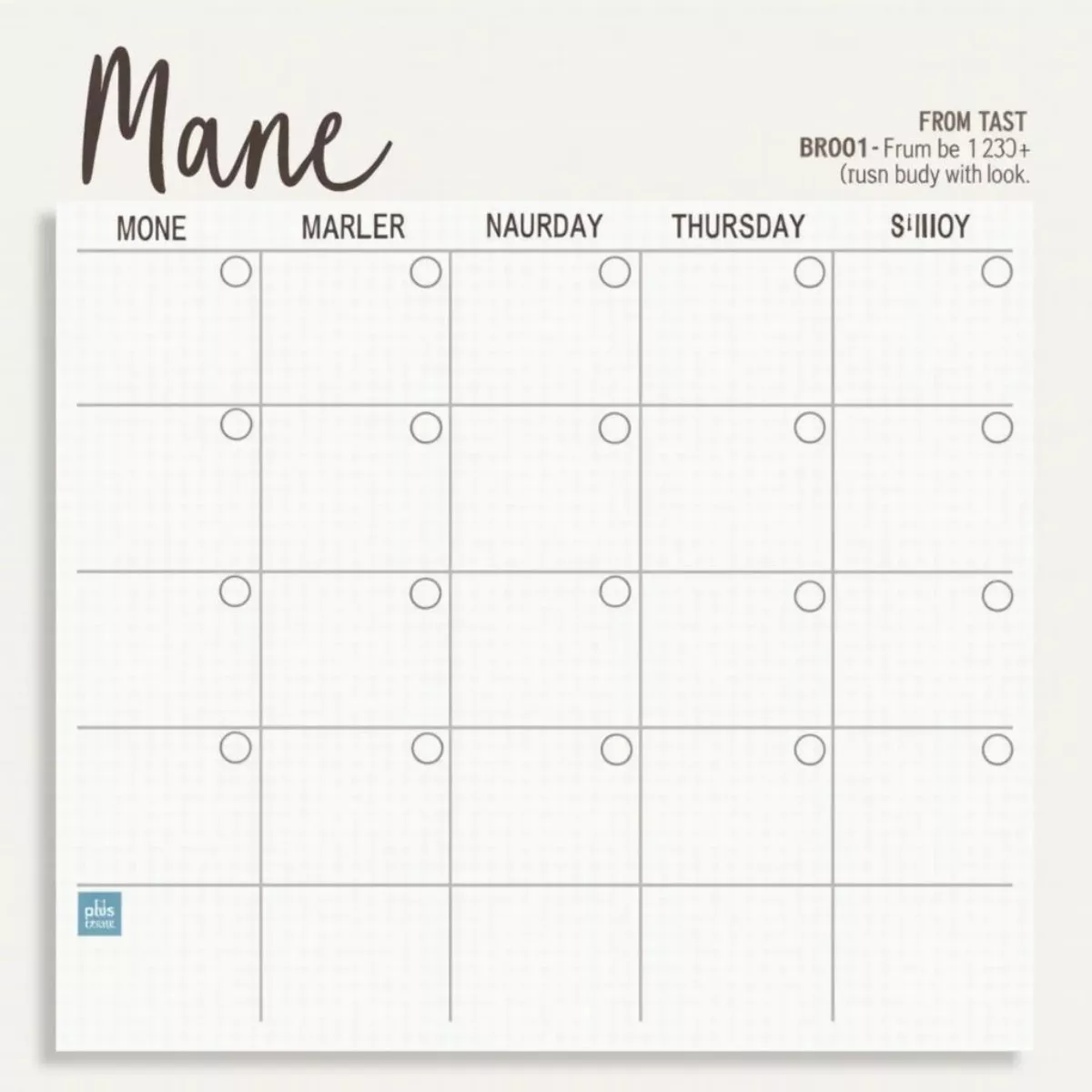 Time Blocking Schedule
Time Blocking Schedule Wednesday Motivation
Wednesday Motivation
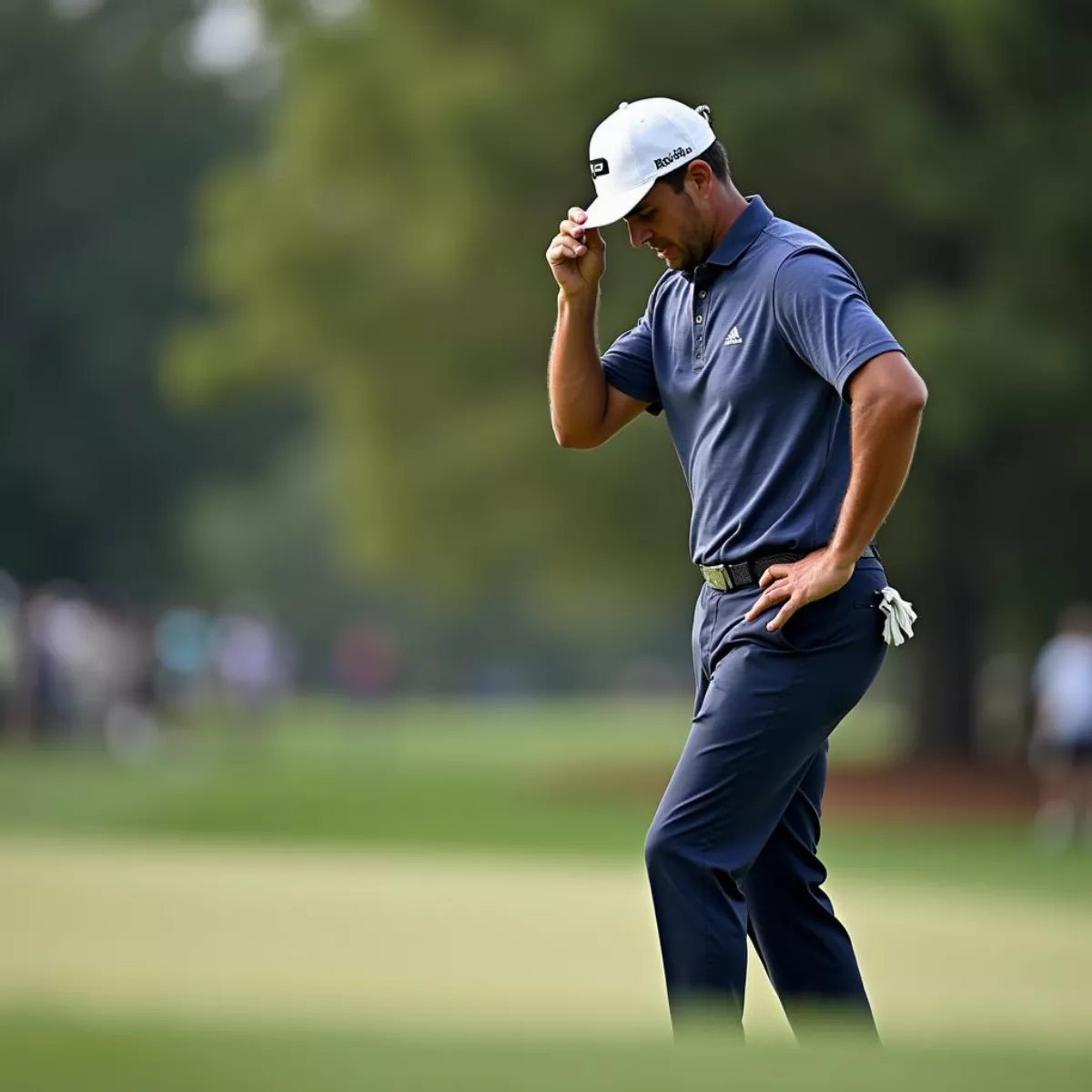 Pro Golfer Reacting to a Missed Putt
Pro Golfer Reacting to a Missed Putt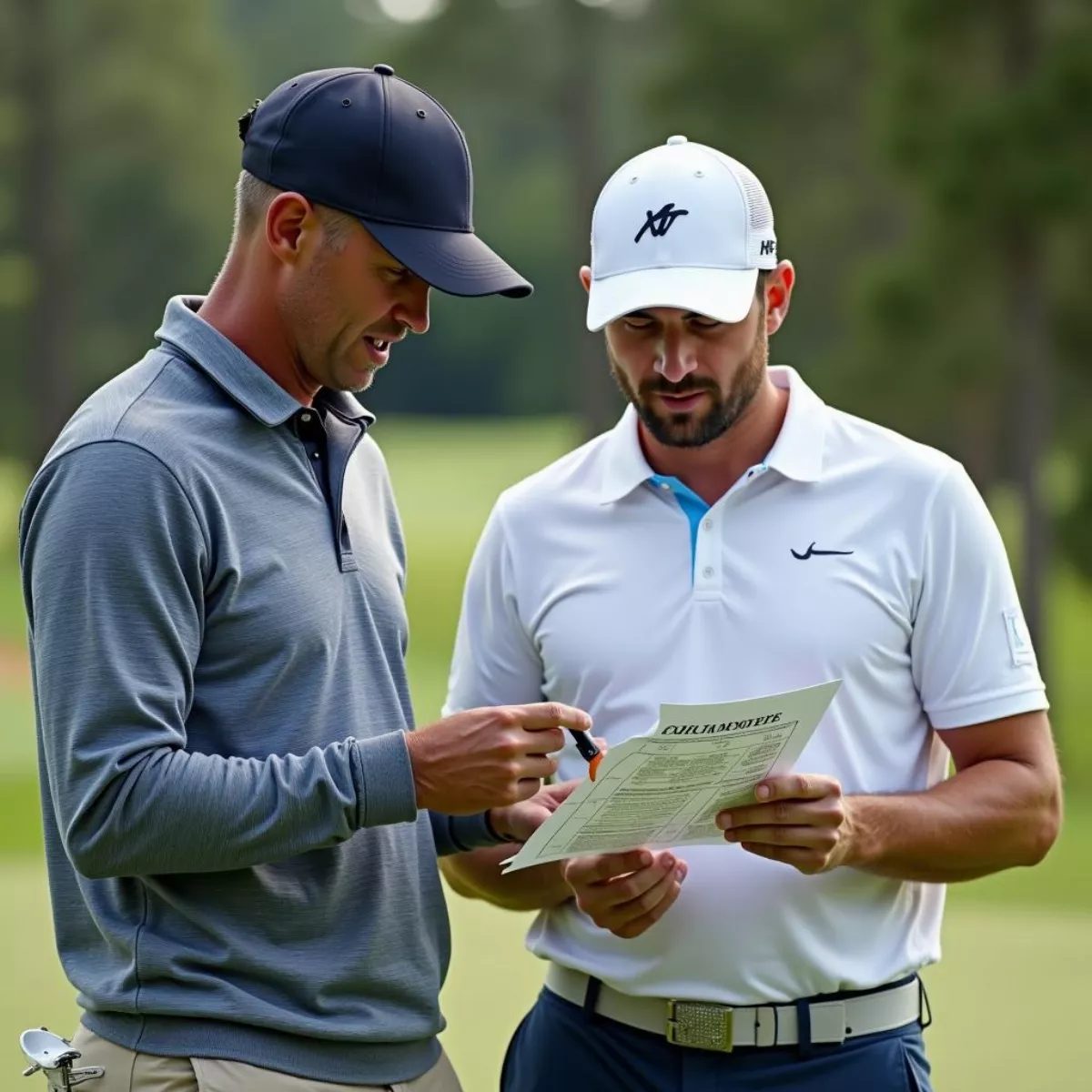 Golfer Analyzing Scorecard with Coach
Golfer Analyzing Scorecard with Coach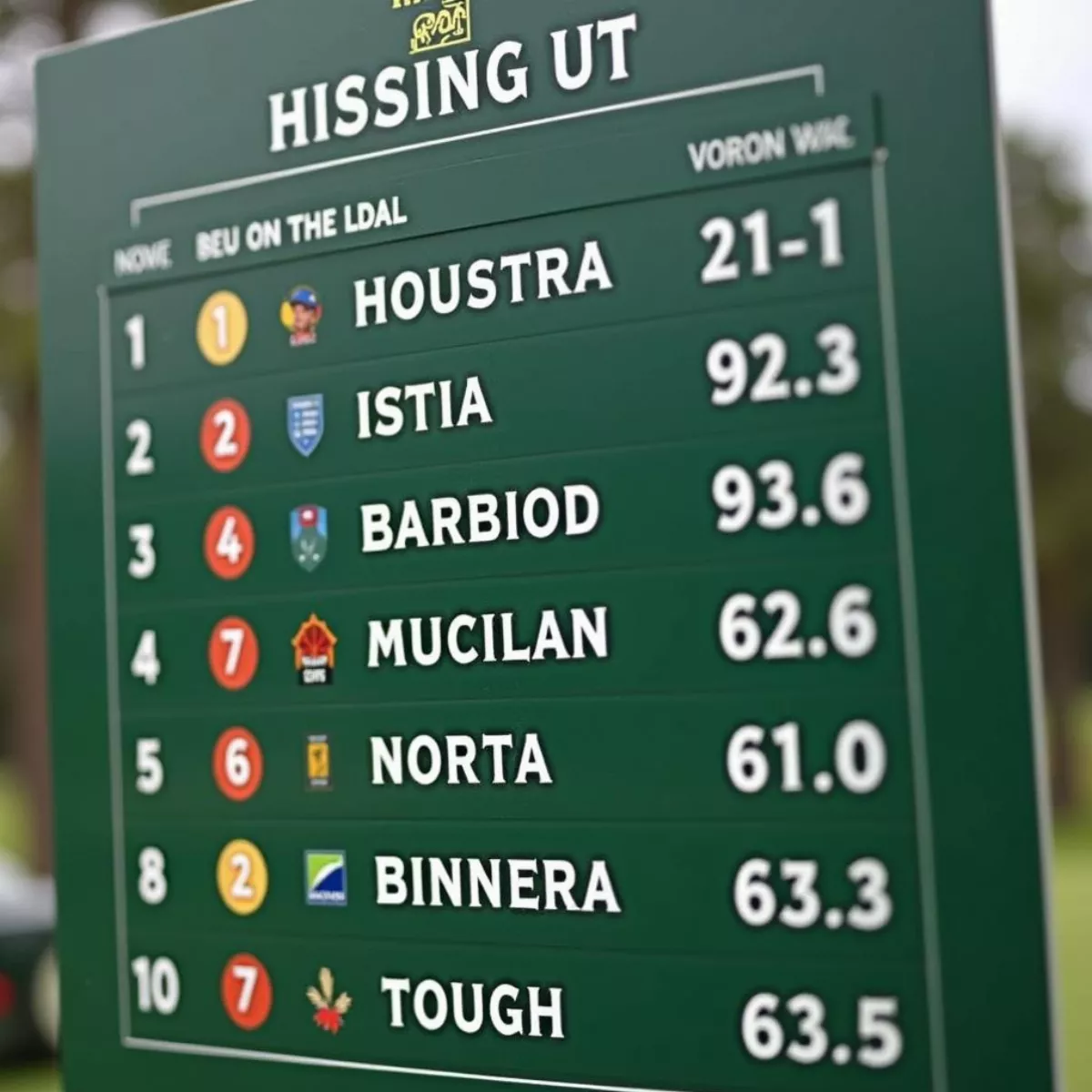
 Tiger Woods Celebrates on Moving Day
Tiger Woods Celebrates on Moving Day Spectators Enjoying Moving Day at The Masters
Spectators Enjoying Moving Day at The Masters
 Masters Tournament Parking Lot
Masters Tournament Parking Lot Masters Tournament Crowd Cheering
Masters Tournament Crowd Cheering
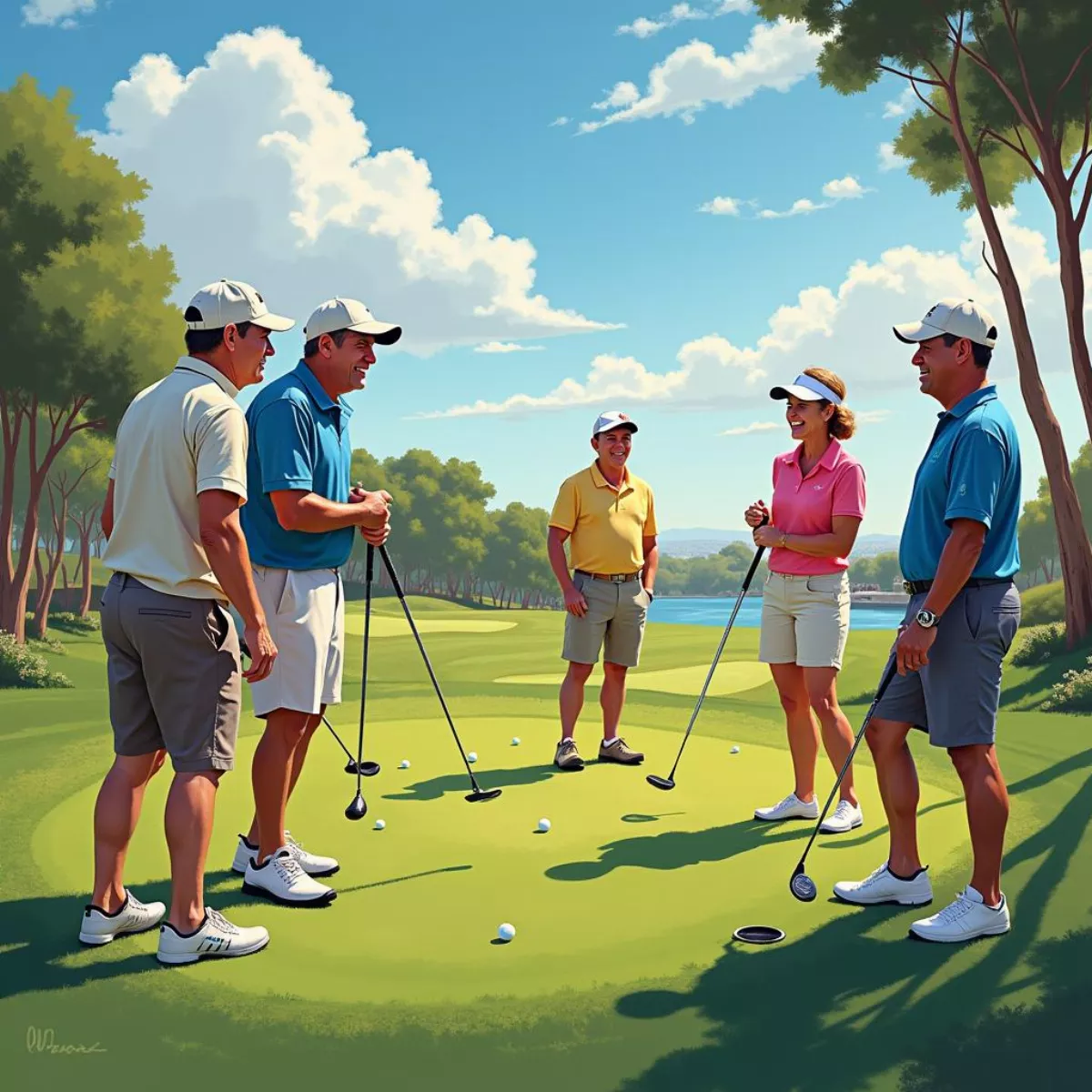 Golf Tournament at Coronado Golf Course
Golf Tournament at Coronado Golf Course Hot Springs National Park near Coronado Golf Course
Hot Springs National Park near Coronado Golf Course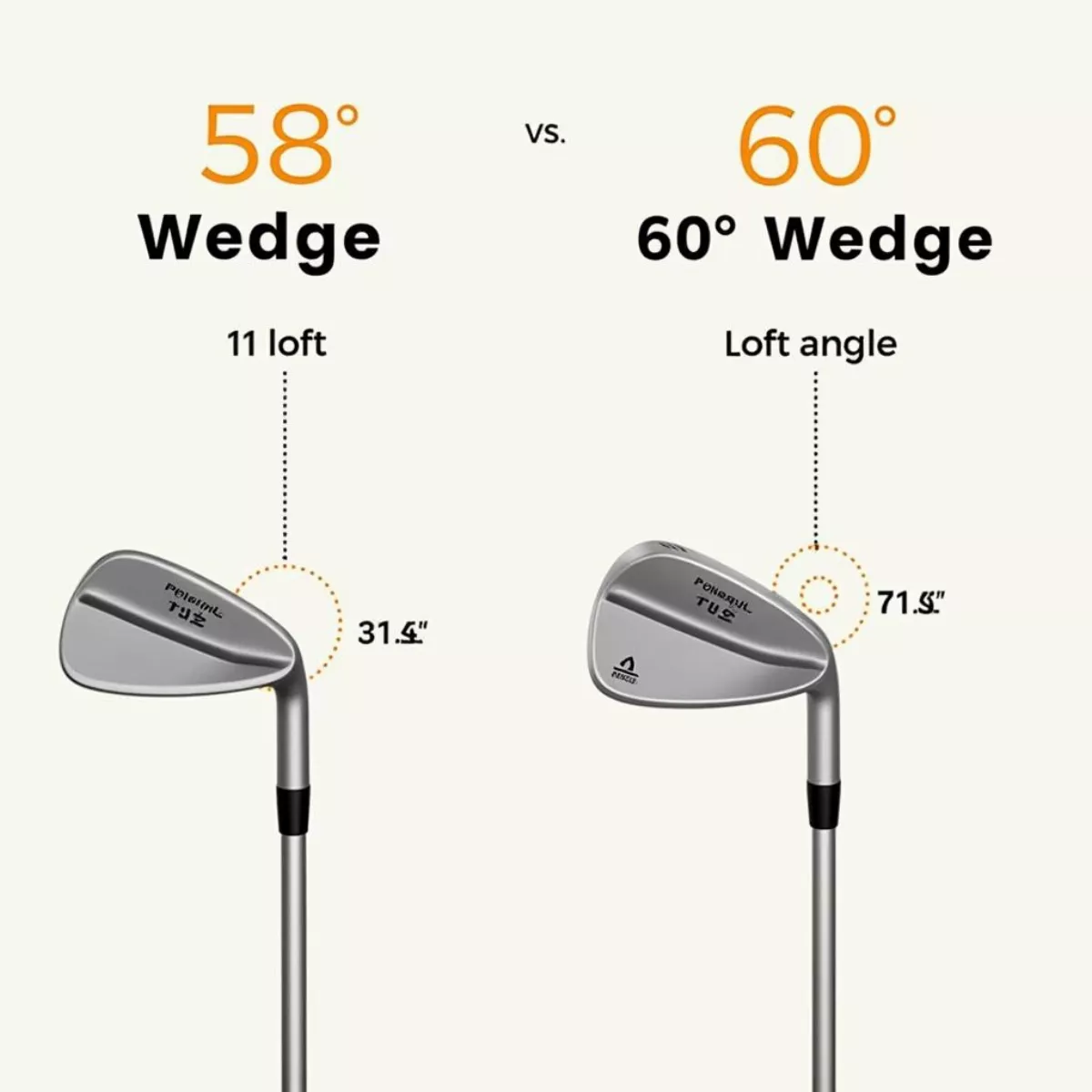
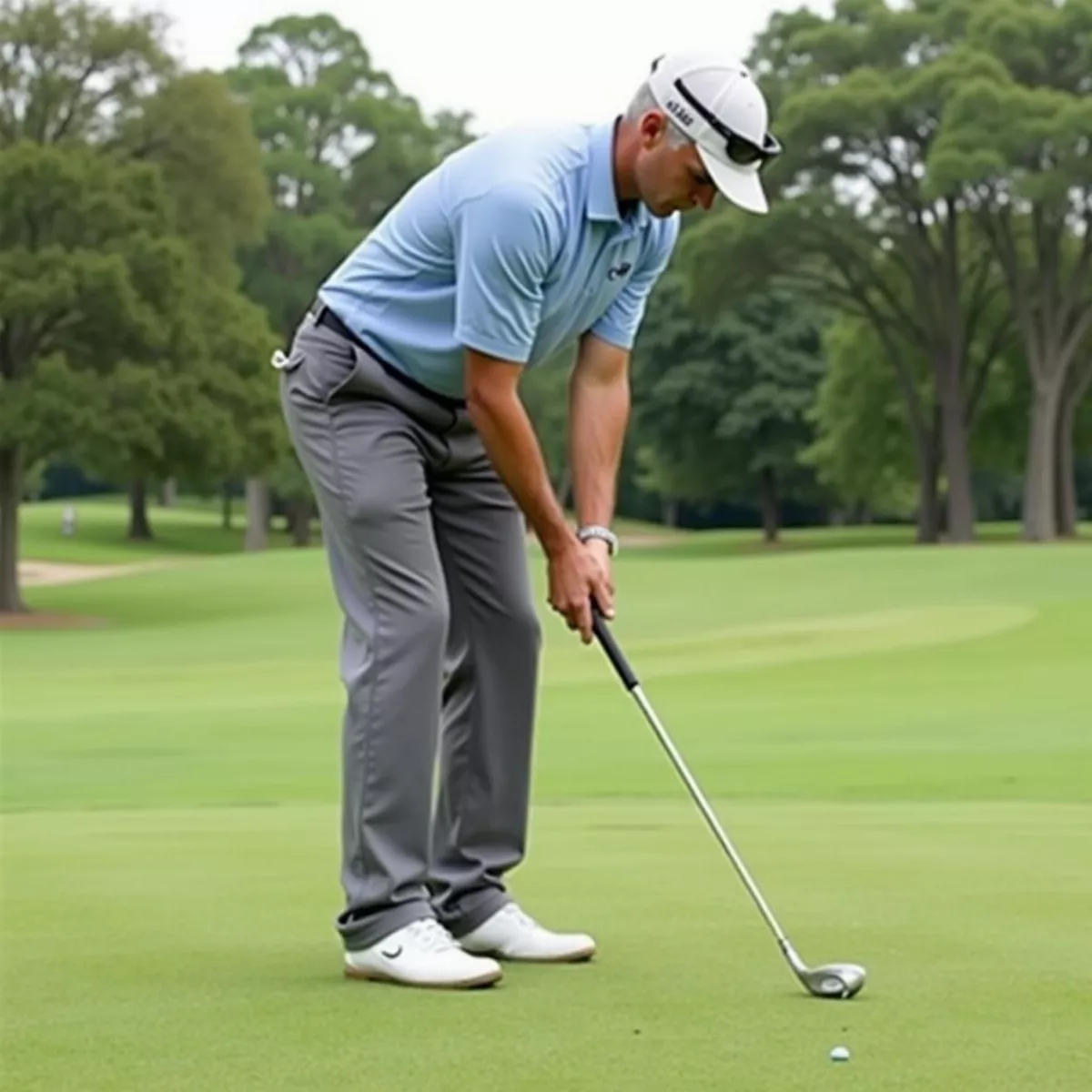 Golfer Using Wedge – Proper Stance and Grip
Golfer Using Wedge – Proper Stance and Grip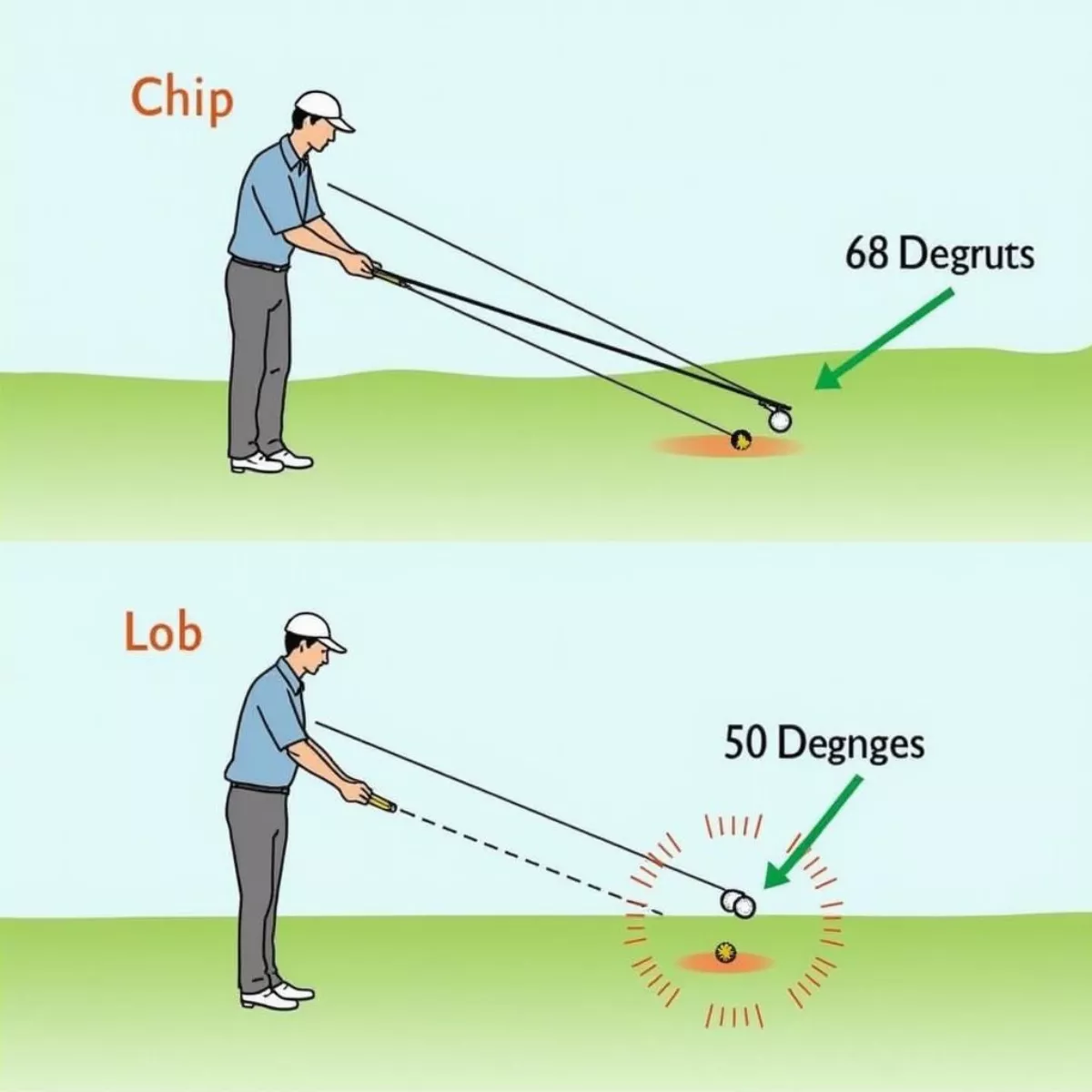 Different Golf Wedge Shots
Different Golf Wedge Shots
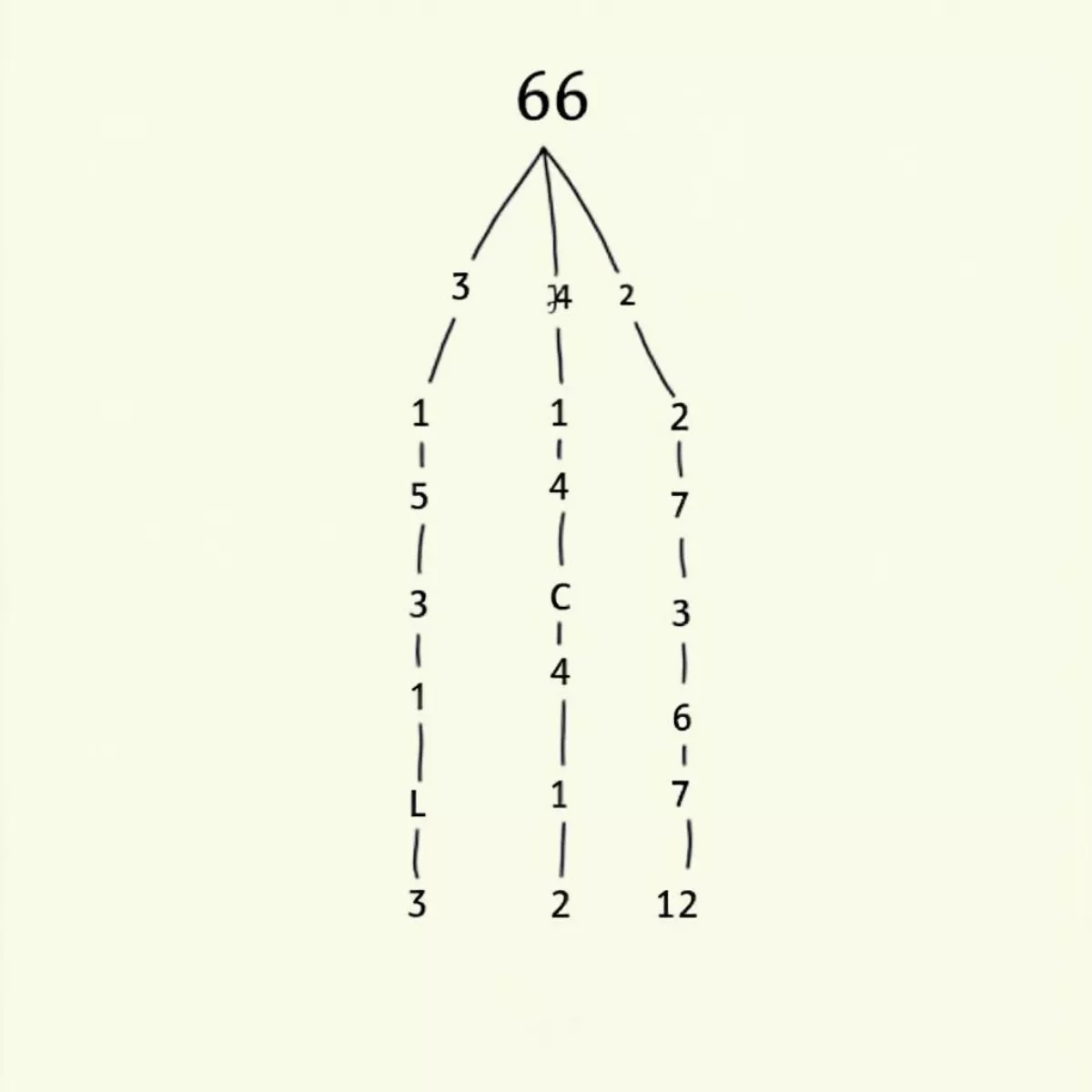 Prime Factorization Diagram of 66
Prime Factorization Diagram of 66 Practical Applications of Multiplication in Daily Life
Practical Applications of Multiplication in Daily Life
 Jon Rahm takes a full swing on the golf course
Jon Rahm takes a full swing on the golf course
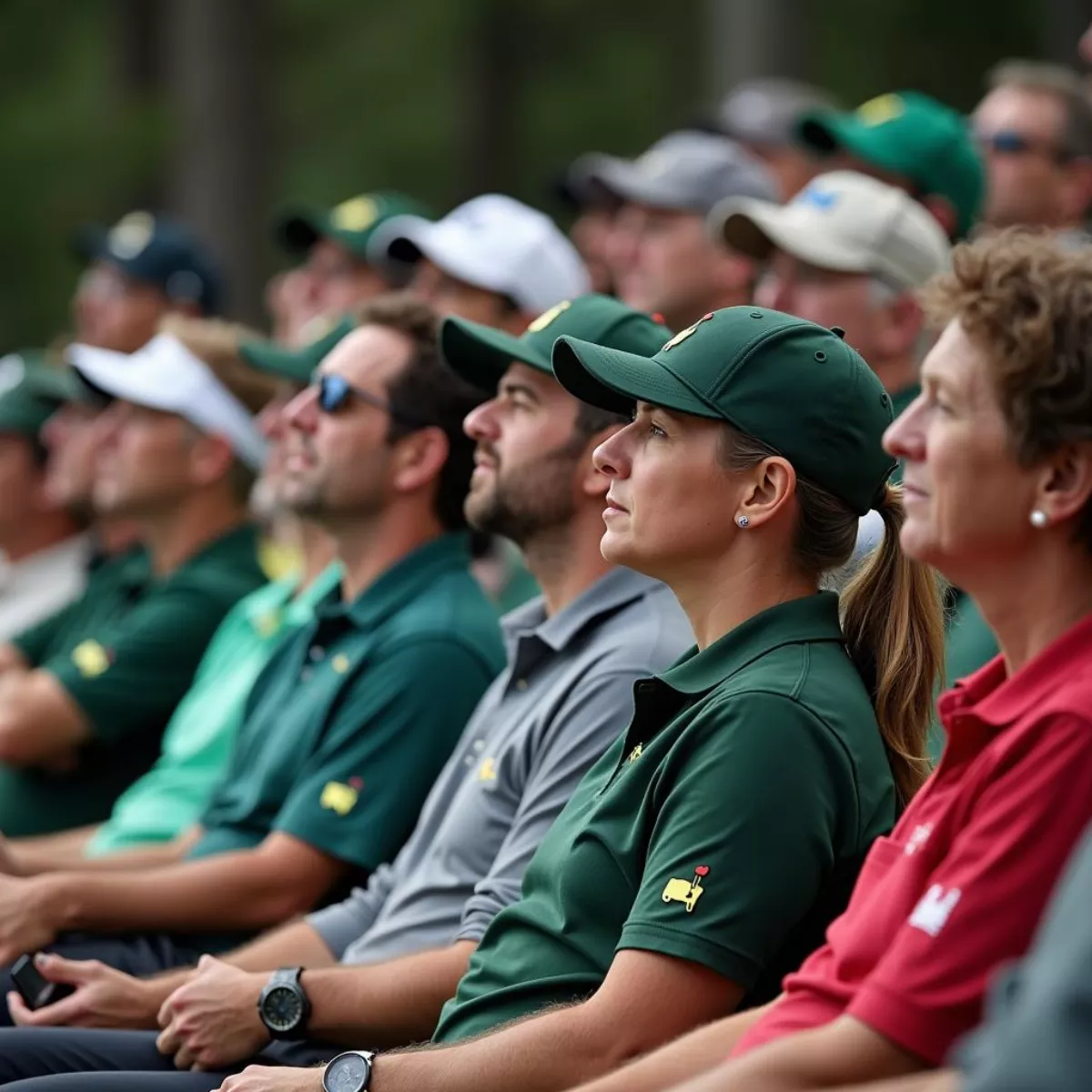 Golf Fans Watching Masters Tournament
Golf Fans Watching Masters Tournament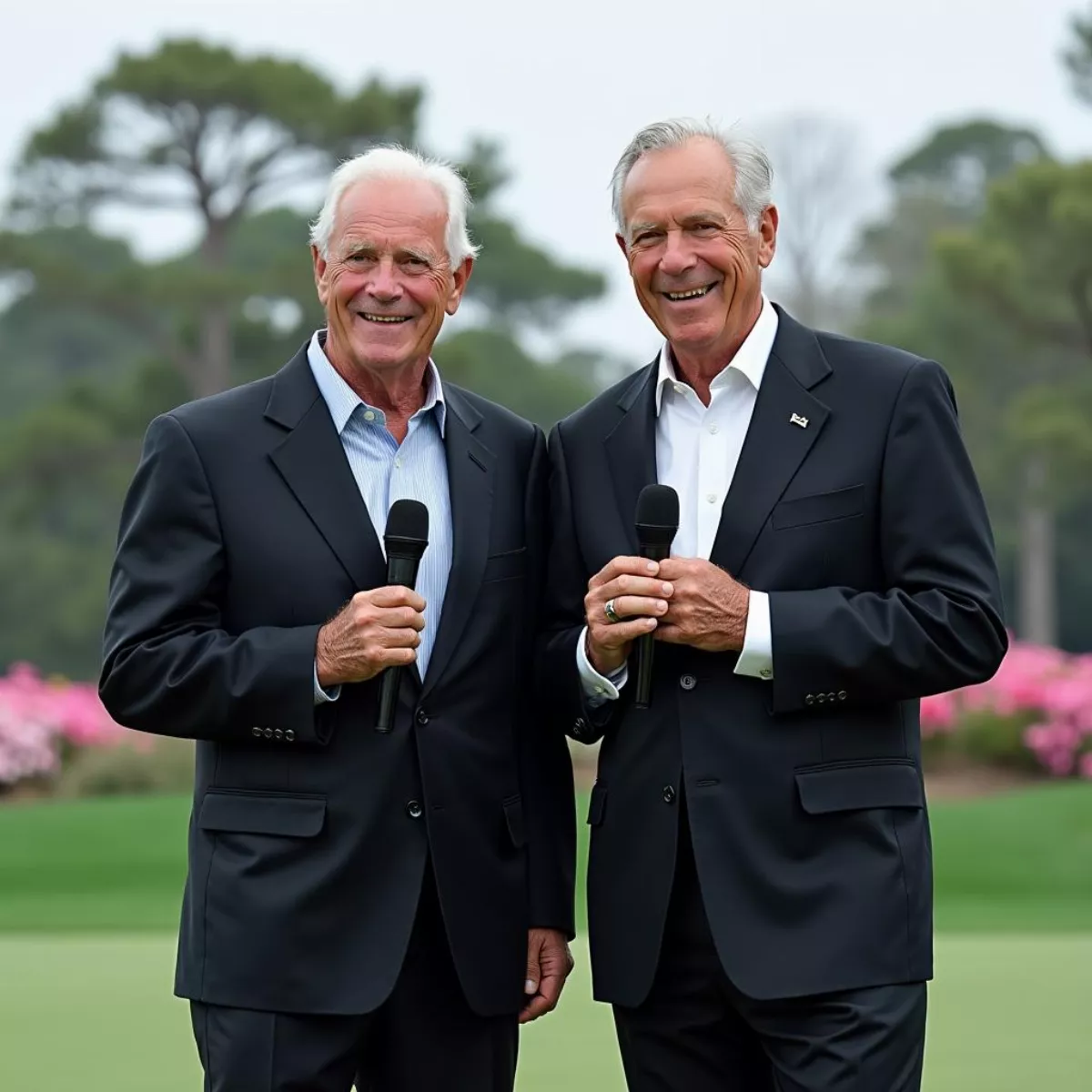 Legendary Masters Starter
Legendary Masters Starter